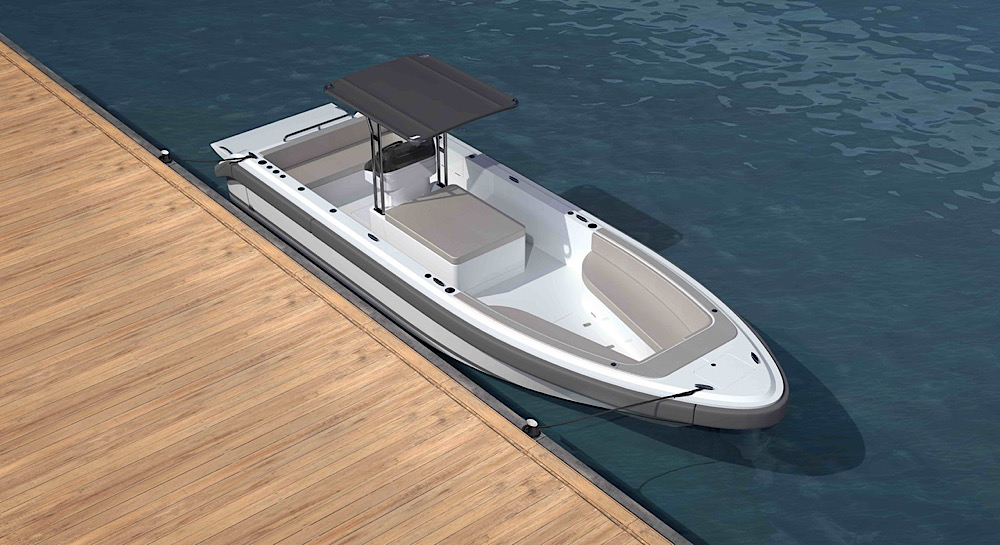
It’s not a very well-known fact that a composite yacht tender will outlive the metal-fabricated mothership. Why? It’s because they are just not affected by water and salt in the same way as metal or aluminium are. A well-built composite yacht tender has an indefinite life span. However, the typical lifespan of a new tender onboard the mothership only amounts to around six years before they are replaced with a new model.
You would think that with a new generation of yacht owners comes more of a concern for sustainability than before. New build prices have increased substantially, materials are in short supply and lead times have extended considerably.
I have personally noticed a shift over recent years and have been heavily involved with sourcing, restoring and supplying all manner of pre owed yacht tenders. A 25-year-old tender can be fully transformed with state-of-the-art materials, lightweight construction, and the latest tech making it indistinguishable from new.
Yacht owners are beginning to see the real value of restoring quality tenders instead of ordering new replacements.
Awareness of what is possible is increasing, which is a good thing, restoration is sustainable in a way that building new simply isn’t.
So, what do you think? Could restoration be the future of yacht tenders?